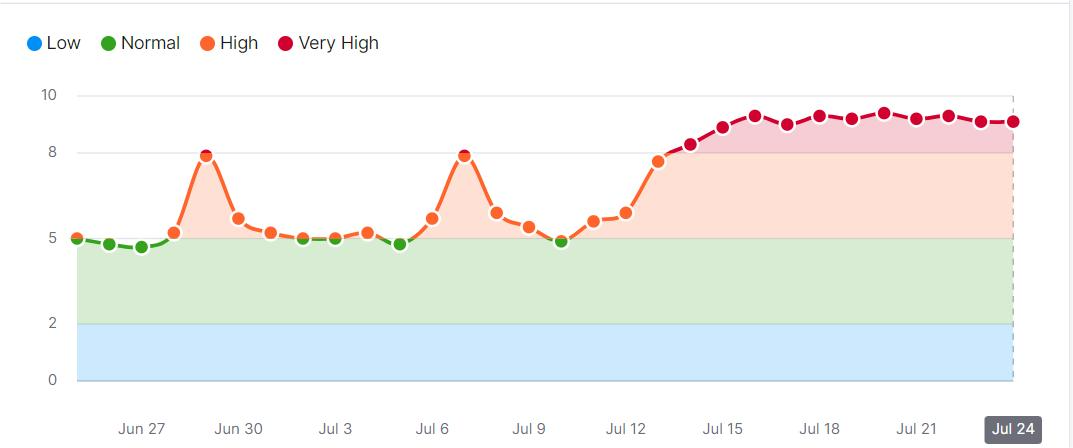
What Is UBC in Digital Marketing
In the rapidly evolving world of digital marketing, there are numerous terms, techniques, and methods that professionals and business owners must familiarize themselves with. One such term frequently encountered is “UBC.” This post aims to clarify what UBC means and why it is vital for marketers, whether novice or experienced, to grasp its significance. We will dive into the definition of UBC in digital marketing, its role, and why it should be an integral part of your marketing strategies.
What Does UBC Stand For?
It commonly refers to “Unique Browsers Count” or “Unique Visitors Count.” This essential metric provides insight into the number of distinct visitors or browsers within a specified period. By measuring this, marketers can determine how effectively a website is reaching a diverse audience and gauge the level of engagement.
The Importance of UBC in Digital Marketing
Understanding Audience Reach
One of the key pieces of information marketers need is the reach of their website. UBC helps assess how efficiently your marketing efforts are bringing in new users. A high UBC indicates that your site is effectively reaching its target audience and can signal the success of your marketing strategy.
Measuring Engagement
Beyond page views and time spent on the site, UBC offers a unique perspective on user behavior. Tracking UBC trends over time helps identify user patterns and allows marketers to make necessary adjustments that ultimately improve customer experience.
Evaluating Campaign Effectiveness
UBC is invaluable in assessing the success of marketing campaigns. By measuring UBC before, during, and after a campaign, marketers can evaluate its impact on driving more visitors. This information helps optimize future campaigns and budget allocation.
SEO and Content Strategy
UBC analysis can be particularly beneficial for refining Google Maps SEO and content strategies. Understanding what content attracts unique visitors enables marketers to create more engaging material, which not only appeals to their audience but also boosts search engine rankings.
How to Measure UBC
To effectively measure UBC, you’ll need the right tools and techniques.
Here are the steps to monitor and measure this vital metric:
Choose the Right Analytics Tool
To measure UBC, start by selecting an appropriate analytics tool. Google Analytics is the most widely used and provides comprehensive data on website visits, including unique visitors. Other tools like Adobe Analytics, Matomo, and Crazy Egg can also provide valuable insights.
Set Up Your Analytics Account
Once you’ve chosen your tool, the next step is to add the tracking code to your website. This code captures user activity and enables the tool to generate reports on UBC and related metrics.
Define Your Tracking Goals
Define clear objectives for UBC tracking. Whether it’s targeting traffic from specific campaigns or understanding the behavior of particular audience segments, having defined goals will guide your decision-making process.
Analyze Your Data
Regularly analyze UBC data using your analytics tool. Pay attention to patterns such as seasonality or the increase in unique visitors following a marketing campaign. Use these insights to adjust and improve your current marketing strategies.
Strategies to Increase UBC
Most digital marketers aim to increase UBC, and here are several strategies to help achieve this:
Make Your Site Search Engine Friendly
SEO plays a critical role in improving website traffic and attracting new visitors. Avoid common mistakes like neglecting proper keyword usage, having slow loading times, or failing to make your site mobile-friendly. These factors all impact search engine rankings and UBC.
Leverage Social Media
Social media networks are powerful tools for driving traffic to your site. Craft engaging content, interact with your audience, and use targeted ads to bring potential visitors to your website.
Run Targeted Advertising Campaigns
PPC and display ads can be highly effective in boosting UBC. By targeting specific demographics and interests, you can attract unique visitors who are more likely to become future customers.
Content Marketing
High-quality content is a major driver of unique visitors. Blog posts, videos, infographics, and podcasts can provide value to your target audience and bring them to your site.
Collaborate with Influencers
Influencer marketing can be an effective strategy for reaching new customers. Partner with influencers who share similar values with your business to attract their followers to your website.
Common Challenges and Solutions
Here are some common issues and solutions:
Duplicate User Tracking
Duplicate user tracking can distort UBC data. Ensure your analytics are properly set up, and consider using filters to exclude traffic that is known to be duplicate, such as internal site visits.
Attributing Multi-Channel Traffic
Attributing traffic from multiple channels can be complicated. Use cross-channel analytics to get a complete view of how your marketing efforts are driving unique visitors.
Maintaining Data Privacy
With data protection laws like GDPR and CCPA, ensure that you’re safeguarding user privacy. Consider using pseudo-identification when necessary and inform users about your data protection policies.